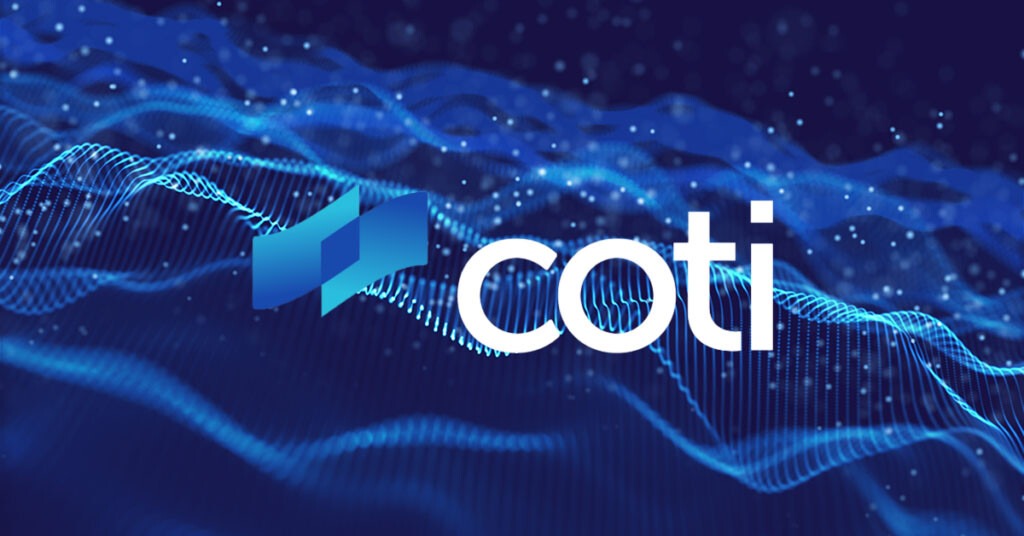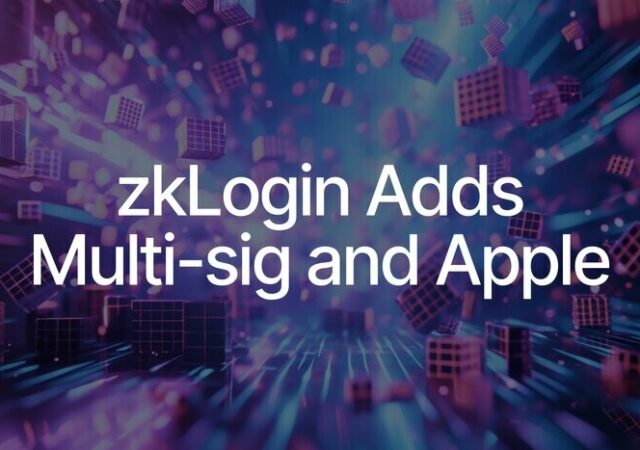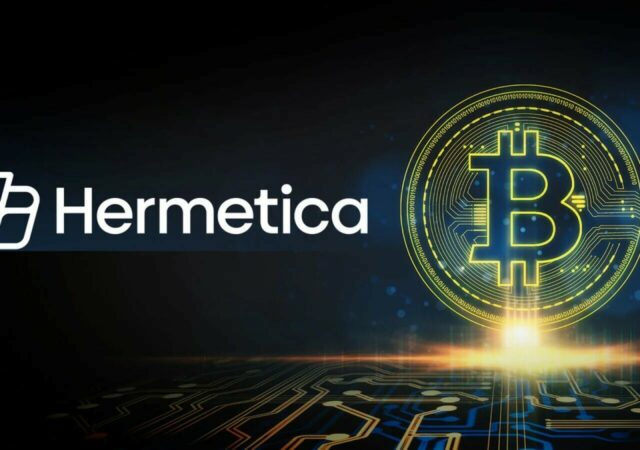- COTI is integrating a multi-party computation (MPC) protocol into its COTI V2 architecture, enhancing privacy on the Ethereum blockchain.
- Privacy is essential for blockchain adoption, and COTI aims to address concerns by offering confidentiality guarantees comparable to traditional systems.
- MPC protects data privacy by distributing data inputs across multiple endpoints and employing advanced cryptographic techniques like garbled circuits.
COTI, a digital payment network, is making significant strides in its development roadmap as it aims to upgrade into a privacy-focused Layer 2 solution on the Ethereum blockchain. One of the pivotal milestones recently achieved by COTI is the successful integration of a multi-party computation (MPC) protocol into its upcoming COTI V2 architecture. This cutting-edge cryptographic technique enables a group of parties to collectively compute results from private data without exposing the underlying information. In this article, we will explore the importance of privacy for blockchain adoption, delve into how MPC protects data privacy, and discuss COTI’s integration of this groundbreaking technology into its tech stack.
Importance of Privacy for Blockchain Adoption
In the rapidly evolving landscape of blockchain technology, privacy has emerged as a crucial factor for its widespread adoption. Both enterprises and consumers are increasingly recognizing the need for enhanced data confidentiality in order to fully leverage the benefits of blockchain. Concerns around data exposure and privacy breaches have often hindered the adoption of blockchain solutions. By integrating privacy enhancements like MPC, COTI aims to address these concerns and demonstrate that blockchains can offer confidentiality guarantees comparable to traditional systems.
How MPC Protects Data Privacy
Multi-party computation (MPC) employs a collaborative approach to protect the privacy of sensitive data. In COTI’s implementation, data inputs are distributed across multiple endpoints controlled by different parties. These endpoints then engage in a cryptographic process to encrypt the data while allowing computations to be performed. This ensures that no single endpoint has complete access to the plaintext inputs or sensitive intermediate data.
COTI leverages advanced cryptographic techniques, including garbled circuits, to facilitate this complex choreography. Garbled circuits enable the translation of pseudo-contracts into encrypted computational blueprints, ensuring the utmost privacy and security. Once the garbled circuits have served their purpose, they are destroyed to prevent any potential misuse of the data.
Integrating MPC into the COTI Tech Stack
COTI’s integration of MPC into its tech stack showcases the growing popularity of this technology as projects seek to combine the strengths of public blockchains with the need for private data handling. MPC enables a hybrid model that ensures data confinement during off-chain computations, providing a powerful solution for privacy-conscious applications.
This milestone achieved by COTI is only the beginning of its ambitious development roadmap for 2023. The company plans to share regular updates on the progress of other components, such as its extended EVM module and revamped staking model. These upgrades underline COTI’s commitment to delivering one of the highest-performing, scalable, and privacy-focused Layer 2 solutions on Ethereum.
COTI’s Ethereum L2 Rollout and Its Implications
COTI initially emerged in 2017 as a fintech-focused payments network built on its proprietary blockchain. However, the decision to pivot to an Ethereum sidechain aligns COTI with the maturing Web3 landscape and offers extensive integration opportunities with the thriving decentralized finance (DeFi) and non-fungible token (NFT) ecosystems on the Ethereum mainnet.
By adopting a privacy-focused Layer 2 solution, COTI aims to optimize its positioning and technology stack to meet the evolving demands of the blockchain industry. The incorporation of features like MPC and zk-Rollups enables COTI to provide users with enhanced transaction performance, scalability, and privacy.
Despite the challenges posed by an intense development schedule and demanding requirements, COTI’s progress in achieving the MPC milestone is a promising indicator of the team’s ability to materialize their architectural ambitions. As COTI V2 continues to take shape, it has the potential to revolutionize digital payments, empower decentralized applications, and contribute to the broader adoption of blockchain technology.
Conclusion
COTI’s integration of the multi-party computation (MPC) protocol into its upcoming COTI V2 architecture marks a significant milestone in its development roadmap. By focusing on privacy enhancements, COTI aims to address concerns around data exposure and confidentiality, paving the way for wider blockchain adoption. The implementation of MPC ensures that sensitive user information can be handled securely and competently, opening the doors to a myriad of valuable use cases. With its Ethereum L2 rollout, COTI seeks to offer users a highly performant and scalable solution while maintaining a strong emphasis on privacy. As COTI continues to progress towards its ambitious goals, it remains poised to contribute to the maturation of the Web3 ecosystem and drive innovation in the digital payments landscape.
Disclaimer
The information provided in this article is for informational purposes only and should not be considered financial advice. The article does not offer sufficient information to make investment decisions, nor does it constitute an offer, recommendation, or solicitation to buy or sell any financial instrument. The content is opinion of the author and does not reflect any view or suggestion or any kind of advise from CryptoNewsBytes.com. The author declares he does not hold any of the above mentioned tokens or received any incentive from any company.
image source





